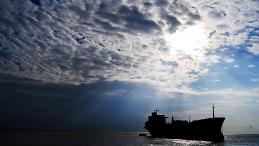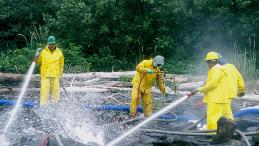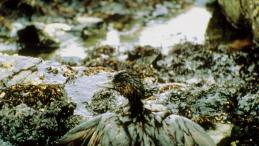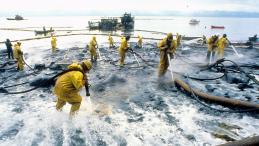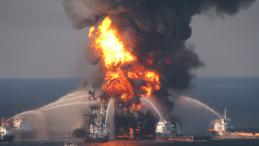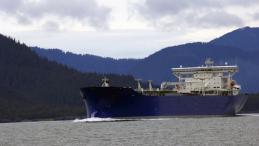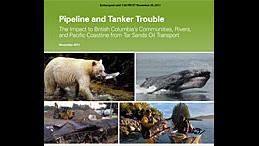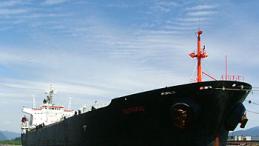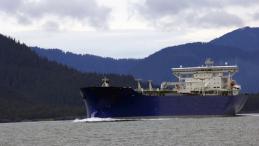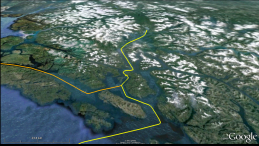Legislation introduced to permanently protect Canada's Pacific North Coast from oil spills
Vancouver, B.C. - Environmental groups are once again applauding MPs who are taking the necessary steps to secure a permanent tanker ban on Canada’s Pacific North Coast. A Private Member’s Bill was tabled in the House of Commons today by Vancouver Quadra Liberal MP Joyce Murray, proposing a ban on crude oil tanker traffic in Hecate Strait, Dixon Entrance and Queen Charlotte Sound.

